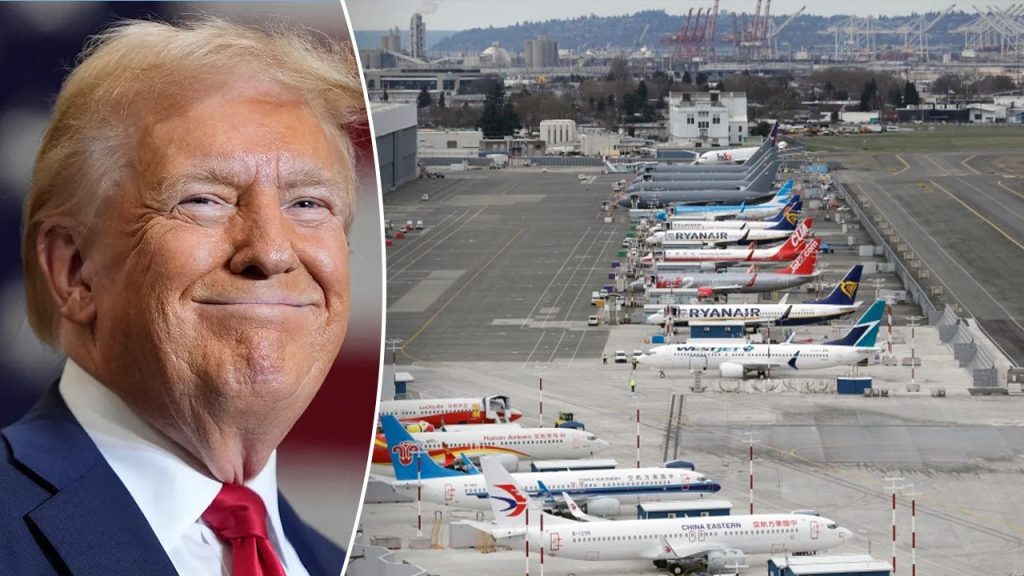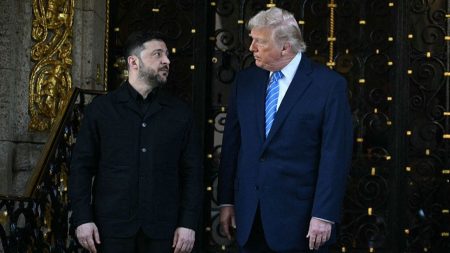In a significant legal development, the 9th Circuit Court of Appeals has ruled that U.S. Immigration and Customs Enforcement (ICE) retains the right to utilize King County International Airport, also recognized as Boeing Field, for chartered deportation flights. This decision marks an important victory for the incoming Trump administration, which has faced numerous local initiatives aimed at countering its immigration policies. The federal court overturned a 2019 local executive order that barred deportations from this airport, asserting that King County had breached its contractual obligations by discriminating against federal operations. This ruling highlights the tension between federal immigration enforcement and local government opposition, particularly in regions governed by more liberal administrations.
In 2019, ICE had begun using Boeing Field for deportation flights of undocumented migrants from the U.S., but King County’s executive order attempted to block these operations, pushing ICE to relocate its flights to Yakima, Washington. This change resulted in numerous logistical challenges, including increased travel distances and heightened security concerns, as noted in the court’s findings. The relocation to Yakima was particularly problematic due to the extended distance from ICE’s Northwest detention center, which subsequently raised operational costs and complicated the agency’s deportation efforts.
The legal dispute escalated into a formal lawsuit when the U.S. government filed against King County, arguing that the local authorities were in violation of a World War II-era contract that guarantees federal access to the airport. The court’s ruling on November 30, 2023, led by Judge Daniel A. Bress, emphasized that King County’s measures were unjustly discriminatory against ICE, stating that the federal government was merely requesting compliance to allow business necessary for enforcing immigration laws. The ruling stresses the importance of contractual obligations and the limitations placed on local governments when they attempt to hinder federal operations.
The court’s decision has provided ICE with more operational flexibility, allowing the agency to resume deportation flights from Boeing Field. In light of this ruling, the airport has implemented new measures aimed at ensuring transparency regarding deportation operations. This includes a dedicated conference room for public observation of deportation flights via video feed and an accessible log of those flights published on the county’s website. These transparency measures are framed as an effort to keep the community informed, while also still allowing ICE to conduct its operations in the locality.
As the Trump administration prepares for a more aggressive immigration enforcement strategy, this ruling will significantly influence its operational capabilities from the outset. President-elect Trump has pledged to ramp up deportation efforts immediately upon taking office, reaffirming his commitment to strict immigration policies. His selection of Tom Homan as the “border czar” further underscores this intent, with Homan publicly asserting that federal authorities will take decisive action against local resistance to these deportation efforts. The ruling positions ICE to reclaim control over airport operations that were effectively blocked by local authorities.
However, the ruling has sparked dissent among various Democratic leaders, particularly in liberal cities and states, where officials are vocalizing their opposition to Trump’s deportation doctrine. Leaders like Denver Mayor Mike Johnston have signaled their willingness to confront these policies, even at personal cost, while governors in Illinois, Arizona, and Massachusetts have explicitly declared their refusal to cooperate with federal immigration enforcement. Leaders such as Illinois Governor JB Pritzker and Arizona Governor Katie Hobbs have asserted their commitment to sanctuary protections and have rejected participation in what they describe as harmful federal immigration policies. This growing divide between state and federal authorities illustrates the complexities and conflicts surrounding immigration enforcement and local governance in the U.S. as it heads into a politically charged landscape in 2024.















